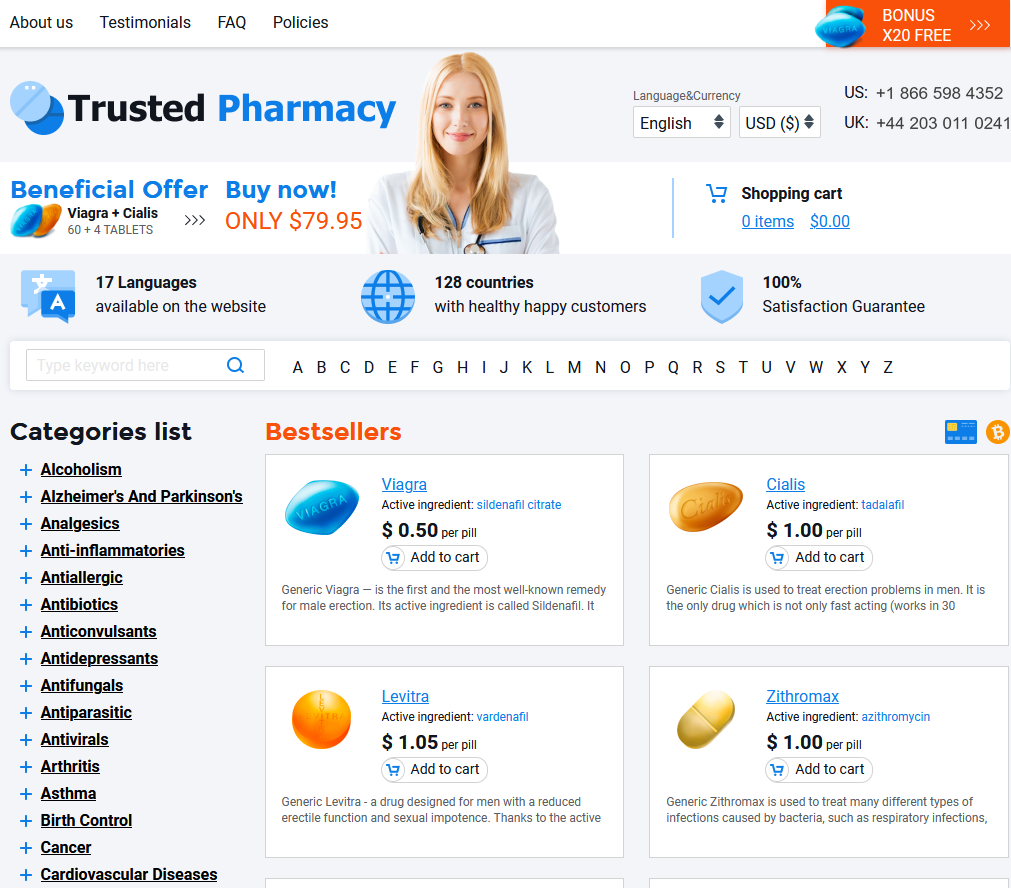 Is Augmentin Safe for Kids? a Parent's Guide
Is Augmentin Safe for Kids? a Parent's Guide
Understanding the ImportanceWhen it comes to the health of our little ones, as parents, we only want what's best for them. In the world of pediatric medicine, one commonly prescribed antibiotic is Augmentin. Augmentin is a combination of amoxicillin and clavulanic acid, and it is used to treat various bacterial infections in children. Before administering any medication to our children, understanding its importance is crucial. Augmentin is often prescribed for ear infections, sinusitis, urinary tract infections, and pneumonia, among other conditions. It works by killing or stopping the growth of bacteria that cause these infections. In this parent's guide, we will explore the important aspects of Augmentin, including its potential risks and side effects, safe usage guidelines, common misconceptions, and alternative treatment options. By understanding its importance, parents can make informed decisions about the use of Augmentin for their children's health needs.
Potential Risks and Side Effects
Augmentin is commonly prescribed for kids to treat various bacterial infections, but it's important to be aware of the potential risks and side effects associated with this medication. While generally considered safe and effective, like any medication, Augmentin can cause certain adverse effects. Common side effects may include diarrhea, nausea, vomiting, or abdominal pain. In some cases, children may experience allergic reactions such as rash, itching, or swelling. It's crucial to closely monitor any reactions and consult a healthcare professional if they occur. Additionally, Augmentin can disrupt the balance of bacteria in the gut, leading to complications like antibiotic-associated diarrhea or thrush. It is essential to follow the prescribed dosage and duration of treatment to minimize the risk of side effects. Always consult a pediatrician before administering Augmentin to children.
Safe Usage Guidelines and Dosage
When it comes to using Augmentin for kids, it is essential to follow the safe usage guidelines and ensure the correct dosage. Augmentin, an antibiotic medication containing amoxicillin and clavulanate, is commonly prescribed for various bacterial infections in children. The dosage of Augmentin for children is determined based on factors such as age, weight, and the severity of the infection. It is crucial to administer the prescribed dose at regular intervals as directed by the healthcare provider. Skipping doses or discontinuing the medication before completing the prescribed course can lead to treatment failure and antibiotic resistance. Parents should carefully read the instructions provided with the medication and use the included measuring device to ensure accurate dosing. If any concerns or questions regarding safe usage arise, it is important to consult the child's healthcare provider for guidance.
Common Misconceptions Debunked
There are several common misconceptions surrounding the use of Augmentin in children. Firstly, some parents believe that Augmentin is only prescribed for severe infections, but this is not true. Augmentin can be prescribed for various types of infections, ranging from mild to moderate. Another misconception is that Augmentin is an antibiotic that should only be used as a last resort. In fact, Augmentin is often prescribed as a first-line treatment for common childhood infections such as ear infections and sinusitis. Lastly, some parents worry that Augmentin is too strong for children and may lead to long-term health problems. However, when used as directed by a healthcare professional and for the recommended duration, Augmentin is generally safe and effective for children. It is important for parents to consult with their child's pediatrician to address any concerns and to ensure proper usage of Augmentin.
Alternative Options for Treatment
When it comes to treating infections in children, Augmentin is often a go-to medication. However, there are alternative options available that parents may consider. One such option is seeking natural remedies and homeopathic treatments. These can include herbal remedies, essential oils, probiotics, and immune-boosting supplements. Another alternative is exploring other antibiotics that may be better suited for the specific infection your child is experiencing. It is important to consult with a healthcare professional to determine the most suitable alternative treatment option. While Augmentin is considered safe for kids, exploring alternatives can be beneficial for those who prefer a more holistic approach or have concerns about potential side effects. Remember, always consult with a healthcare provider before starting any alternative treatment.
Expert Recommendations and Conclusion
Alternative Options for TreatmentWhen it comes to treating various infections in children, Augmentin is one of the commonly prescribed antibiotics. However, there might be instances where Augmentin may not be the most suitable option or it may not work effectively. In such cases, alternative treatment options should be considered. There are several other antibiotics that can be used in place of Augmentin, such as amoxicillin, azithromycin, or cephalexin. These alternatives hold similar efficacy in treating bacterial infections and may have different side effect profiles. Additionally, for certain conditions, non-antibiotic treatments like antiviral medications, antifungals, or supportive care may be more appropriate. It is important to consult with a healthcare professional who can properly assess the condition and provide guidance on suitable alternative options for treatment in order to ensure the best outcome for your child's health.
